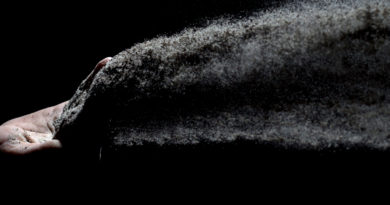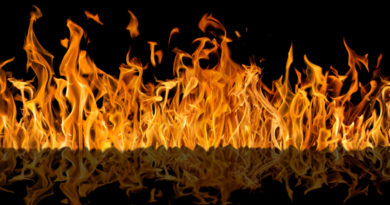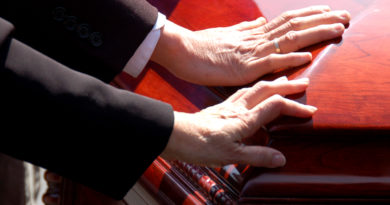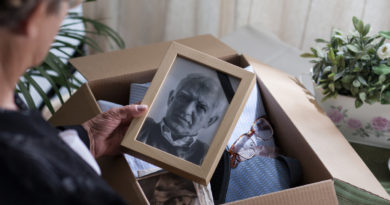Cremation FAQ
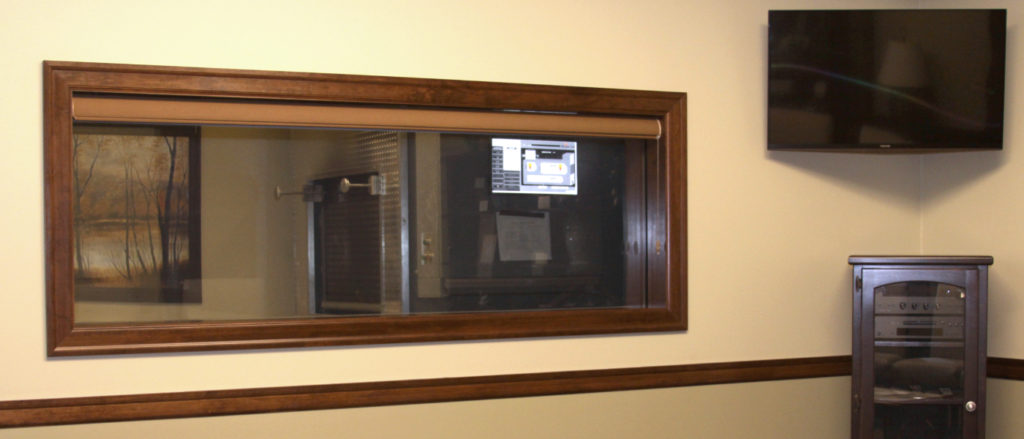
viewing area so family members can witness the cremation of a loved one if desired.
Here, the cremation chamber is visible on the right through the window.
Photo opportunity courtesy of Mark Krause, president,
Krause Funeral Homes & Cremation Services, Inc. Photo © Chris Raymond
While most Americans now prefer cremation for themselves or a loved one versus traditional earth burial, many questions still exist about what cremation involves and the opportunities this form of body disposition offers. This cremation FAQ answers nine common questions you might have about the process, ashes and the service options available.
1. What Do Cremated Remains Look Like?
Despite what you might picture when you hear the word “ashes,” cremated remains do not resemble the fine, powdery gray ash left in a fireplace or campfire pit after burning wood. Instead, cremated remains look and feel more like coarse sand, like you might find on a beach. The color generally ranges from light gray to pale white.
2. How Much do the Ashes Weigh?
Generally, the cremation of an average-size adult results in cremated remains weighing 5 to 8 pounds (2.27 to 3.63 kilograms). For comparison, a bag of sugar at your local market typically weighs 5 pounds. The ashes of adult males tend to weigh more after cremation versus adult females, but much depends on the height and weight of the deceased individual.
3. How Hot Does a Cremation Chamber Get?
Whether fueled by liquid propane or natural gas, the optimum temperature of a modern cremation chamber or “retort” is typically 1400° to 1800° F (760° to 980° C) when cremating a body. That’s hot enough to melt aluminum, lead, brass, bronze or silver.
4. Can I Provide My Own Cremation Urn?
Yes, you are not required to purchase an urn from your chosen cremation provider. While many families do so because of the convenience and wide range of products available today, others purchase an urn online, use an urn handcrafted by someone close to the deceased, or even choose the temporary/alternative container initially used by the crematory operator.
If you choose to provide your own urn, please know that cremated remains generally require a volume of roughly 200 cubic inches (3,277 cubic centimeters), so make sure you discuss providing your own urn with your cremation provider beforehand.
5. How Long Does Cremating a Body Take?
Several factors affect the time it takes to cremate a human body, such as the individual’s height and weight, the size and efficiency of the cremation chamber/retort, and its starting temperature. (It takes less time if the retort is already hot.) In general, the actual cremation process can take anywhere from 1 to 3 hours based on these factors.
You shouldn’t expect to take possession of the cremated remains that quickly, however, because the cremation chamber must cool before the operator can remove and process the cremated remains.
6. Can I Watch the Cremation?
It depends on the cremation provider you select. As consumer preference for cremation (versus traditional earth burial) has increased in the United States since 1960, attitudes toward this form of final body disposition have also changed. Once conducted offsite and “behind the scenes,” many leading cremation providers now proactively involve family members in the cremation process of their loved one.
A growing number of facilities today offer a viewing area or “cremation chapel” for immediate family members when their loved one is cremated (as seen in the photo above); will arrange a private ceremony in the crematory facility beforehand; and/or will even let a designated family member start the actual cremation process.
7. Does Choosing Cremation Mean I Can’t Have a Funeral?
You can definitely conduct a personalized, meaningful funeral service if you select cremation for yourself or a loved one. The form of final body disposition (whether cremation or burial) does not prevent you from also holding a meaningful, memorable service — either with the body present or without it (generally called a funeral or a memorial service, respectively).
8. Can I Really Rent a Casket?
While it might sound odd, many funeral homes offer specially crafted caskets that you can rent. These caskets utilize a relatively inexpensive, removable interior for families wishing to hold funeral services prior to cremating a loved one.
The insert, which is only used once, physically houses the deceased while the surrounding casket shell, made from wood or metal, can be reused multiple times. After the funeral service, the insert containing the deceased is removed and transported to the crematory for the physical cremation.
9. Can I Bury Ashes in a Cemetery?
People often think that scattering a loved one’s ashes in a special location is their only option, but there are other meaningful ways to handle cremated remains. Many families choose to bury an urn containing the ashes of a loved one in a traditional cemetery gravesite rather than place them in a columbarium niche, keep them at home, etc. In fact, it is not uncommon for an individual cemetery gravesite to contain the remains of two people these days — one buried in a casket and the other resting in an urn.
Sources:
“Melting Points of Various Metals.” www.onlinemetals.com. Retrieved February 14, 2019. http://www.onlinemetals.com/meltpt.cfm



